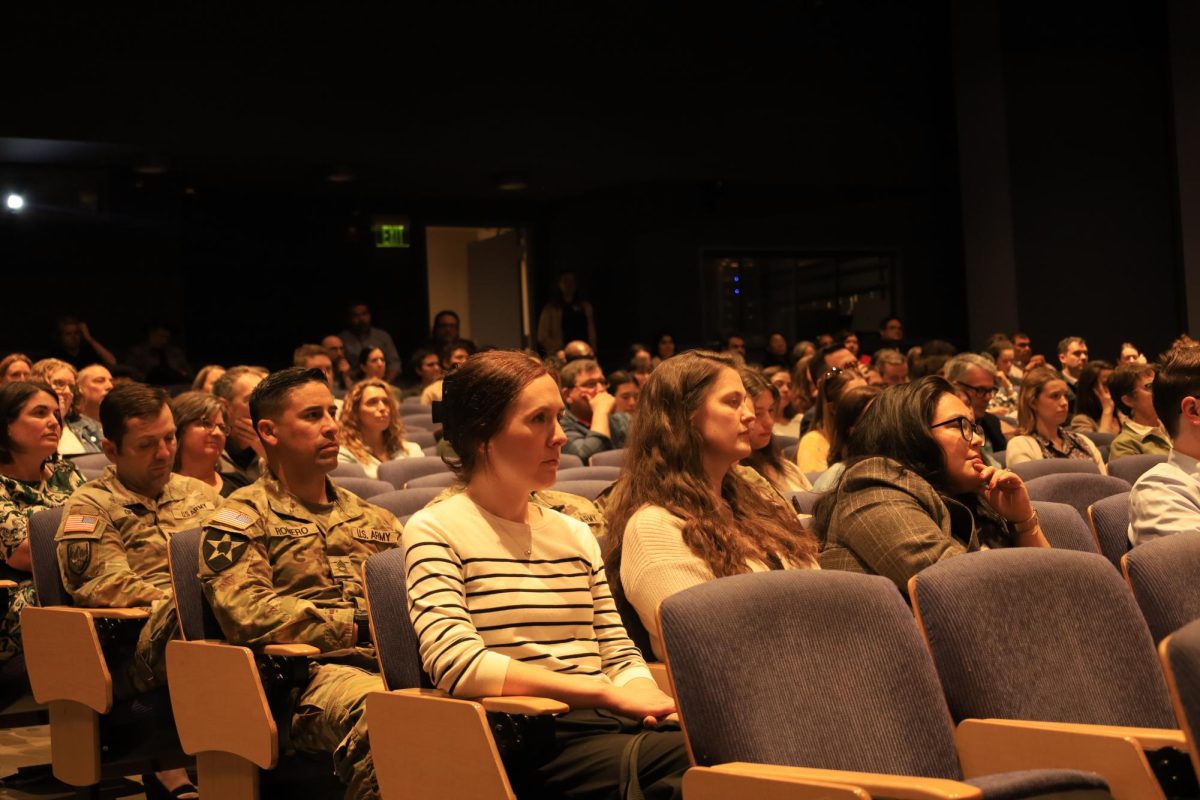Garfield High School (GHS) is, according to its administration, “A place where you can make your dreams come true.” You may also get the occasional egg to the face.
GHS, located on Capitol Hill, is not much different than other schools when it comes to facilitating public secondary education. Their school colors are purple and white, they have a drama club and cheerleaders. Their homecoming dance on Sept. 27 went off without a hitch. What happened after that dance, however, paints an apparently more nightmarish picture.
Why is it that in the past few weeks the seemingly ordinary Garfield High School has been perhaps the most negatively discussed high school in recent memory? One word: hazing.
Eleven Garfield students are currently “emergency expelled” (a temporary, instantaneous expulsion) from their classes while the most recent hazing scandal is being investigated. This number is a mere shadow of the 100 students that reported to have been involved in an enormous hazing event earlier this month—the vast majority of the students involved scattered upon police arrival.
The hazing ritual—pushed onto the underclassmen by their upperclassmen peers—involved alcohol, pelting new students with eggs, and hitting them with paddles.
Apparently, these grandiose hazing rituals are something of a tradition at Garfield High. Twice a year, the underclassman initiation escalates from innocent games—like making initiates wear funny outfits—to varying extremes. The escalation reached its peak rapidly this school year, after Garfield’s homecoming dance last month.
While this particular hazing episode has garnered negative attention, some students at Garfield maintain a positive outlook on what they consider to be a long tradition and are saddened by the added restrictions resulting from the discovery of the event.
According to a junior at GHS who preferred to remain anonymous – citing fears that school administration would punish her – hazing is “part of what brings Garfield students together because everyone does it. It’s like our way of showing school spirit and introducing freshmen to GHS and it’s something that most students would like to continue… The reality is that hazing is fun, positive and a way to make freshman feel like they’re a part of the school.”
This junior went on to admit that it is possible to have a negative hazing experience, but she argues that ultimately, if you’re participating, you’re in control of what happens to you. The upperclassmen recruit freshmen who want to be involved “ because it’s not worth it to take a freshman that don’t want to get hazed.”
Despite the fact that some freshmen probably feel pressured to partake in order to be a part of something bigger, this junior felt very strongly that not only is hazing widely appreciated at Garfield, but it is something that a freshman could pull out of at any time if they wanted.
She spoke of one situation in which an upperclassman listened to the concerns of an individual he/she was hazing. This particular freshman didn’t want to drink alcohol or be with people who had been drinking and the upperclassman respected that desire.
To distinguish between the things that go too far and lighthearted fun, students at Garfield dub what they do as “froshing.” Froshing is intended to be silly and enjoyable, such as wearing costumes or going on scavenger hunts.
Despite the intent, Garfield ASB recognizes how froshing can be dangerous and offers alternative events to froshing on the two days when it is most popular, in order to sidestep those less favorable results. “We aim to be proactive in our preparation instead of reactive the day of,” said Garfield ASB President Kellen Bryan.
The aim of the ASB alternative-froshing events is to bring the student body together. At the same time, froshing is undertaken with the same intent. All of the students at Garfield High School appear to be pursuing the same thing: a more united student body. They just happen to have radically different and occasionally troubling (to some) ways of getting there.
The Spectator attempted to contact the school’s principal, Theodore Howard II, several times. Ultimately, he declined to comment for this story.
In any case, the issue is not to be ignored. Many have declared it fair to say that things got out of control on Sept. 27, particularly when Howard was called a racial slur as the students fled the scene.










dude
Apr 3, 2015 at 7:15 pm
not in the cap hill